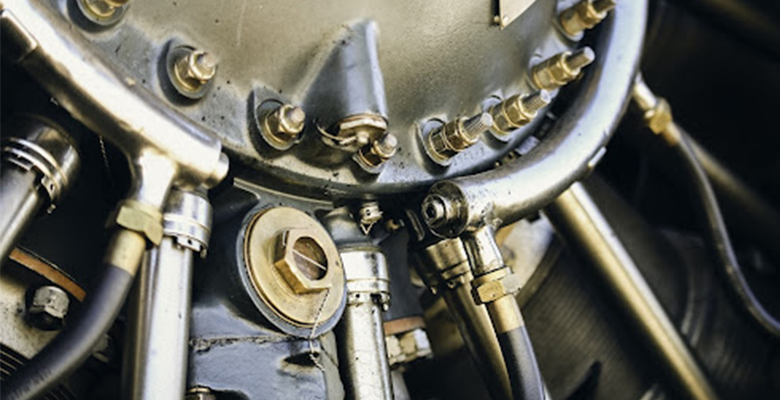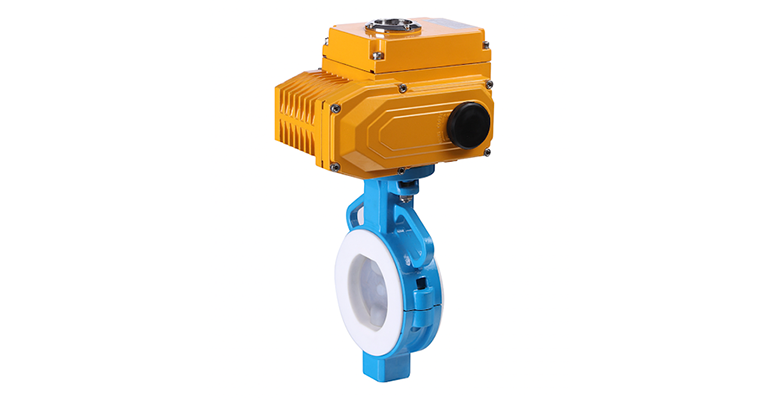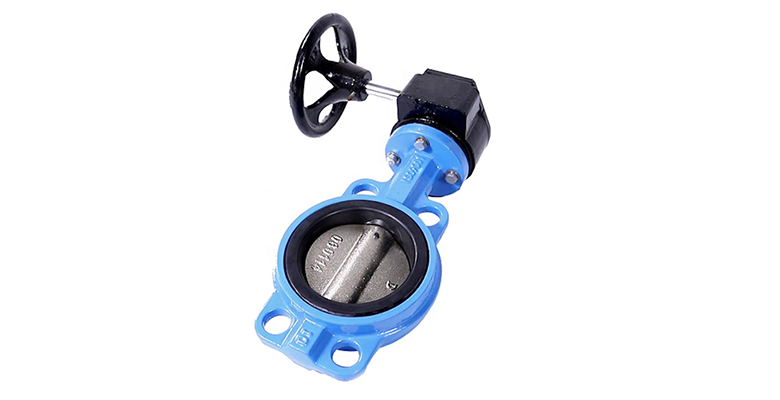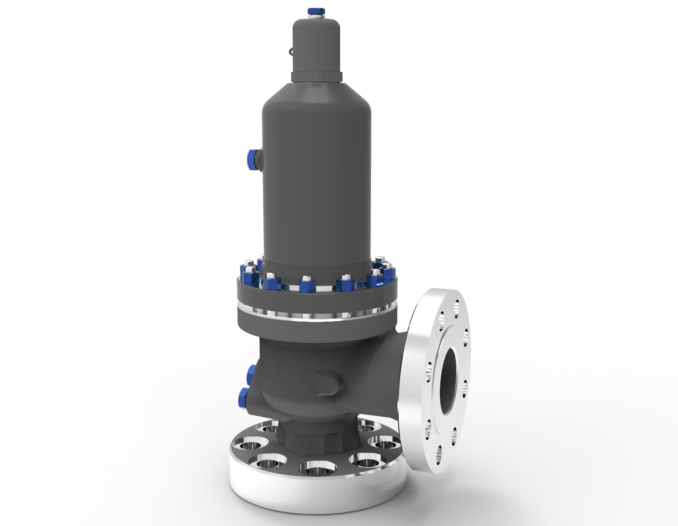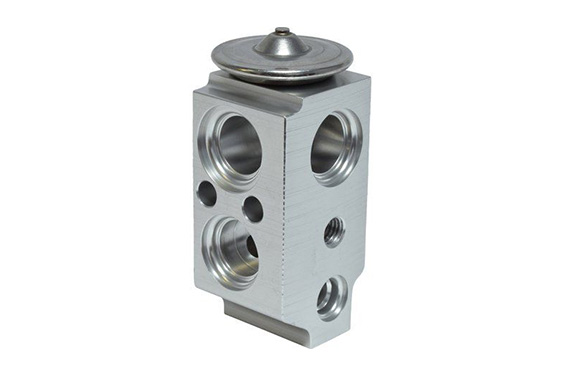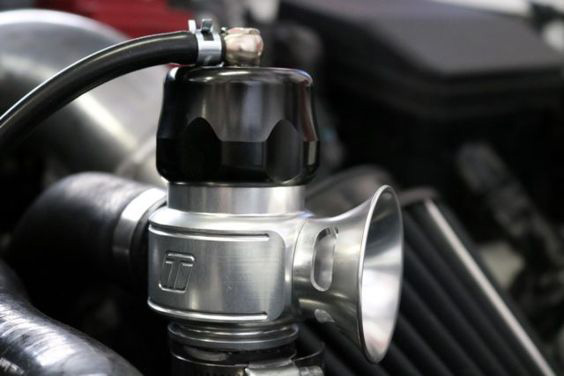Strainers, unlike filters, typically have a fixed aperture and only provide a single barrier to the process stream (eg. 0.5mm perforated holes). Filters are usually built of fiber material, which generates a random pattern of perforations through which the operation stream can pass. The dirt becomes embedded throughout the material, blocking the filter component and demanding its replacement.
These strainers are also present in the pipeline, however, the question arises what is a strainer in a pipeline? Well, the answer to it is quite simple. The strainers in pipelines can be considered the pipe fitting that acts as a barrier and collects the dust, debris, weld metals, and rust further preventing any kind of damage in the process. In simple words, it purifies and filtrates the liquid separating the solid particle from it. Thus with a strainer in the pipeline, you can be assured of minimum maintenance and maximum utilization.
What Is An Industrial Strainer?
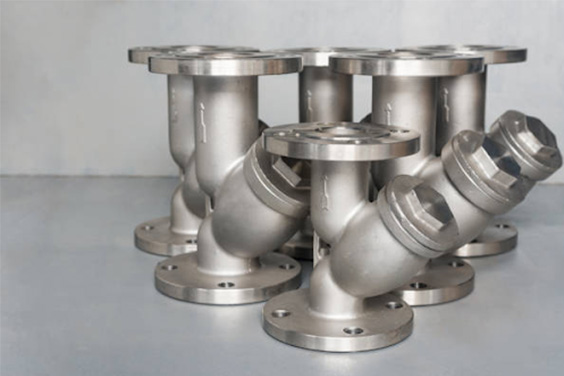
Industrial strainers are used to catch debris and other pollutants during pipeline opening in the oil and gas industry. Basket strainers are most typically used in liquid service applications where the screen area to pipe area ratio must be larger. Conical Screens and other basket strainers are used to keep water flowing freely through pipelines, valves, and spray nozzles.
An industrial basket strainer filtering system employs a sealed tank with an interlaced mesh screen or perforated metal basket to remove solid particles as fluid passes through it. This method avoids extraneous elements from causing damage to expensive equipment such as valves and pumps. Some of the reasons why basket strainers can be a profitable sale have been mentioned below.
- 3A strainers are essential to the sanitary production of food and pharmaceuticals
- Strainers are often used to prolong the life of fluids
- Straining protects downstream equipment in multi-stage operations
- Fluid manufacturers use strainers to ensure that their products start out clean.
How Does Industrial Strainer Work?
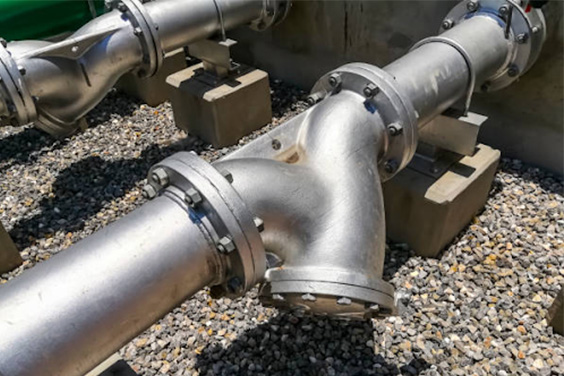
Strainers in pipeline are fitted to safeguard pipeline equipment from harm caused by undesired particles. Unwanted debris may consist of dirt or other foreign particles that have found their way into the process fluid. Basket strainers are typically used in horizontal pipes and when high flow capacity is required.
These strainers are put upstream of equipment such as pumps, control valves, and traps to prevent potentially corrosive or destructive debris from entering the system. They can be used singly or in series to increase filtering. They may have a single chamber (basic strainers) or several chambers (multiplex strainers).
Mesh Sizing
Each strainer has a mesh-lined basket to filter and collect undesirable particles. Mesh size should be determined by work function rather than system size. Choosing a mesh with too small apertures may result in more frequent clogged lines, but a mesh with much wider openings may allow more undesired debris to travel through the pipeline and equipment. Ideally, you’ll want to select a mesh with perforations that are somewhat smaller than the smallest particle you need to filter out.
The number of openings in one linear inch of screen is used to calculate mesh size. A 16-mesh screen, for example, has 16 apertures per inch, whereas a 100-mesh screen has 100 openings. Higher numbers can so strain out tiny particles with a finer weave. For quality and endurance, the baskets are often composed of stainless steel.
When the filter is turned on, the filtered water enters the strainer basket through the input, runs through the filter panel, and exits through the process flow outlet into the desired pipe. Water contaminants that are in the form of particles or solids become lodged in the basket filter screen. With this constant flow, progressively more particles are captured and the filtering speed slows down.
The filter hole would also continue to get smaller and smaller while the sewage was being conveyed; this caused a pressure difference between the input and the outflow. The differential pressure sensor sends an electrical signal to the controller when the difference between the inlet and outlet pressures is greater than the predetermined value, and the controller then starts the drive motor rotating the shaft through the transmitting element.
The blowing port is opened concurrently, and debris is discharged from the blowing port. The system returns to its initial filtering state as the filter screen is cleaned by blowdown, the differential pressure drops to its lowest value, and the system resumes normal operation.
A casing, several filter elements, a backwashing mechanism, a differential pressure regulator, etc. make up the filter. During use, liquid enters the strainer’s lower chamber through the intake and exits through the diaphragm hole into the inner chamber of the straining element. It is a cutting-edge, practical, and user-friendly automatic filtration system.
Where To Put A Strainer in piping?
The strainer should be installed upstream of the equipment that needs to be protected. Moreover, while installing the strainer keep in mind that it has to be installed at a place with easy access of the drainage and wherein the screen can be removed easily. Add pipe supports near and inlets and outlets of the pipeline and you can also place the strainer into the line.
How Often Should You Clean A Strainer?
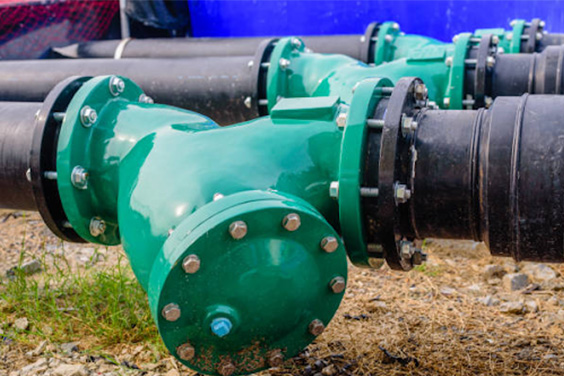
Industrial strainers can be used indefinitely as long as they are routinely cleaned and maintained, unlike filters that must be changed on a regular basis. A functioning pipeline requires high-flow systems to maintain pressure. You can add pressure gauges on either side of the basket strainer to warn you of any line abnormalities.
When the strainer becomes under pressure, it must be taken out and cleaned. Be careful to properly monitor the pressure since a severe clog could result from poor strainer management, necessitating strainer replacement.
To preserve the strainer’s longevity, periodic cleaning is advised in addition to pressure monitoring. A basket strainer should typically be cleaned every two to three weeks. The maintenance of a pressured strainer could cause physical injury or damage to the equipment, thus it is important to keep in mind that you must depressurize the system pipe where the filter is located before removing and cleaning a basket strainer.
Once the basket filter element has been removed, rinse the strainer and soak it in a washing solution. If necessary, scrub with a brush to remove the debris; take care not to let it dry on the mesh. You might wish to use multiple screens while cleaning to prevent entire device shutdowns.
Industrial Strainer Parts And Accessories
The following portions and components make up basket strainers and are detailed in more detail below:
Industrial Basket Strainer Enclosure: The strainer’s outer covering secures the basket assembly in place.
Filter component: washable screen with an integrated basket strainer serves as the filter component, allowing larger particles or trash to be removed from the pipe system. The basket sieving element consists of straight or staggered perforated plates.
Handle: It has a comfortable grip that makes taking apart and reassembling the basket assembly simple.
Internal Cylinder: It closes the inlet and exit to prevent the restoration of dirty components by regulating the location.
Vent valve: Use of a vent valve to release pressure
Jamming indicator: When the filter component has to be replaced, the jamming indicator will let you know.
Blow Off Valves: These devices help to clean strainer chambers by getting rid of waste particles.
Entry port: The strainer component’s entry port is where contaminated process fluid enters.
Discharge Port: This is where the clean fluid from the strainer part exits.
Common Applications Of The Basket Strainer
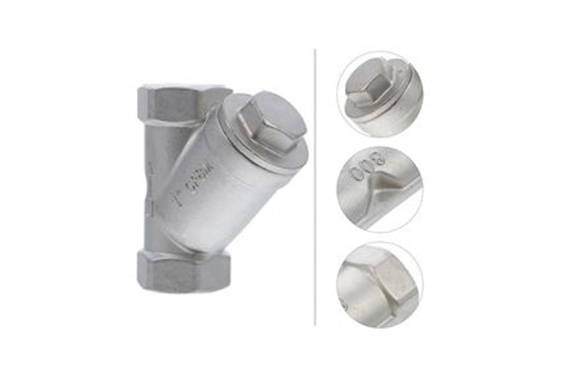
A plant must be able to separate particulates from the main liquid whether it is producing fruit juice, using a lot of pure water, or making maple syrup. The solids can be as huge as wayward plant stems or as small as mineral particles, depending on where the liquid came from. The strainer’s mesh size is selected based on what has to be removed from the liquid stream.
In applications involving food manufacturing, several strainers are frequently employed. In these situations, the wider mesh is employed first to prevent the faster clogging of the finer mesh by excessively large particles. A sufficiently pure end product can be obtained with the final straining by operating the strainers sequentially.
Because they can remove unwanted solid particles from fuel lines and distribution pipelines, basket strainers are very helpful in petrochemical processes. Typically, some filters are used further down the feedline to further purify the material.
In all of its processes, the pharmaceutical business also makes use of industrial basket strainers. Both prescription drugs aim to improve patients’ feelings. This guarantees that throughout the entire manufacturing process, the products must adhere to the highest sanitary requirements. The products would be fit for human use if they were manufactured with a hygienic 3A certified wire basket strainer.
The production of paint is another industry that heavily relies on basket strainers. The finished product must be free of any undesired substances, and the paint must be smooth and easy to apply. In some circumstances, filtration systems are frequently employed to guarantee that the end product is uniform and free of lumps or particles that could affect the application and quality of the paint after it has been applied.
Water must be filtered after ion exchange in the power generation sector in order to safeguard the machinery used in subsequent processes. To meet the demands of major power plants, this is made possible by industrial basket strainers and process strainers.
A variety of basket strainers are used on navy ships to keep things operating smoothly. From the oil used in the engine to the cooling of weapon systems, straining and filtration are crucial.
The hose cannot simply be turned on at large farms to water the plants. Instead, to prevent sand, rocks, and other foreign items from entering delicate pump parts, incoming water is forced through industrial strainers. This enables farmers to complement or satisfy their irrigation needs by using water sources like on-site ponds and catchment basins.
In order to maintain proper operation, cars and trucks require a number of fluids, all of which must be free of impurities when installed in order to protect delicate components. Manufacturers of transmission fluid, braking fluid, antifreeze, and motor oil are all required to utilize strainers to guarantee the absence of impurities. Since placing conical strainers in pipelines is one of their most frequent uses, they are pretty popular.
Basket Strainer In Different Industries
Strainers are used in the below-mentioned industries.
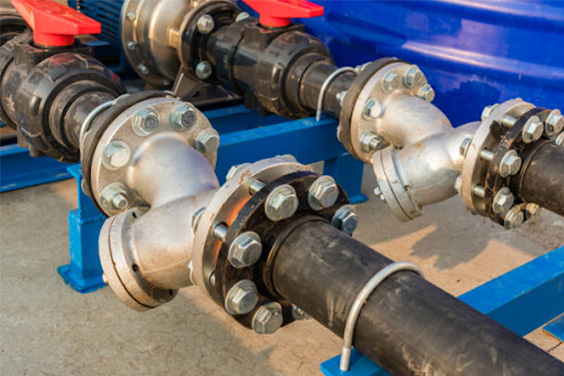
Refinery
Basket Strainers are used in conjunction with flow meters, pumps, and compressors to mechanically remove particles from liquids and other pipe systems using a perforated or wire mesh filtering screen in a perpendicularly oriented chamber.
Wastewater Cleansing
There are several applications for basket strainers in water treatment. They are typically placed upstream of valves, machines, and other heavy apparatus in parallel pipeline systems. Pre-filters like basket strainers remove particles and shield downstream equipment from damage. This reduces the cost of maintenance as well as downtime and future replacement costs. When both ultra-fine filtering and high pressure are required, basket strainers are a great option.
Basket strainers are frequently made of stainless steel, which guarantees their lifetime and makes them simple to clean. They offer a large filter area and a large capacity for holding pollutants due to their basket construction.
While single-basket strainers are easy to disassemble and clean, it is also possible to get double and multi-cylinder strainers, which cut down on production lag. Because the mesh size should be determined based on the size of contaminants that need to be removed, basket strainers are a reliable and flexible filtering device used in water treatment.
Production Of Food
A plant must be able to separate particles from the main liquid whether it is making fruit juice, using a lot of clean water, or creating maple syrup. Depending on the liquid source, solids may be as big as stray plant stems or as small as mineral particles. What needs to be removed from the liquid stream determines the size of the strainer mesh.
Numerous strainers are often used in the food processing industry. To prevent clogging the smaller mesh with large particles in certain situations, the wider mesh is originally used. Running the strainers in order can result in a final product that is sufficiently pure.
Large farms are unable to simply turn on the hose when it is time to water the crops. Instead, incoming water is filtered through commercial strainers to keep sand, pebbles, and other foreign objects away from vital pump parts. This enables farmers to use on-site reservoirs and catchment troughs to increase or meet their irrigation needs.
Strainer Maintenance Tips
Regularly check the pressure difference across the basket to see whether it needs to be cleaned and replaced. If the screen becomes completely stuck, it will break and has to be replaced. Regular screen washing or replacement is part of routine maintenance, along with checking for leaks. Regular use will cause the basket to become clogged with foreign debris, which will increase the pressure.
When the distinction pressure, which is often between 5 and 10 psi, reaches an uncomfortable level, it is imperative to cleanse or replace the basket. It is not advised to let the divergence pressure increase by 20 psi. This could result in the screen breaking, harming subsequent machinery.
It is simple and safe to determine when the basket needs to be changed by installing pressure gauges on the intake and outside edges of the basket strainer. It’s time to change the screen when the Basket Strainer’s maximum allowable pressure drop reaches zero. The size and construction of the basket define the maximum pressure decrease that a Basket Strainer can withstand.
Types of Strainers In Piping
Different types of strainer in piping are categorized into two types based on their body configuration:
- Y type strainers
- T type strainers
Y-Shape Strainer

A Y Strainer valve is named after its configuration and is most typically used in pressurized lines, either gas or liquid. They can also be utilized under suction or vacuum. Y-Strainers are designed for applications involving tiny amounts of solid particles and intermittent clean-out.
If sediments can be easily flushed from the screen and fluid can be expelled into the atmosphere, a blow-down valve on the drain port will allow cleaning without removing the screen and stopping the process flow.
A Y-Strainer has the advantage of being able to be mounted horizontally or vertically. Obviously, in both circumstances, the screening element must be on the strainer body’s downside so that the entrapped material can be released. Y-type strainers should be put in horizontal steam or gas pipework with the pocket in the horizontal plane. This prevents water from gathering in the pocket, which can lead to erosion and interfere with heat transmission mechanisms.
The pocket in a liquid system should point vertically downwards. This prevents trash from being pushed back into the upstream pipework under low flow conditions. Although it is preferable to place strainers in horizontal lines, this is not always practicable. Strainers can also be installed in vertical pipes if the flow is downward, in which case debris is naturally directed into the pocket.
T Type Strainer
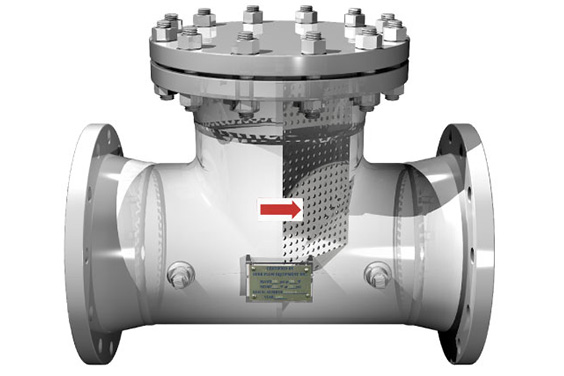
A vertically oriented chamber, often bigger than that of a Y-type strainer, distinguishes a T type, Basket type, or Pot type strainer. Because it has a larger free straining area, the pressure drop over a basket strainer is less than that across a Y-type, making the basket type strainer the preferred kind for liquid applications. Because the basket-type strainer has a higher dirt holding capacity than Y-type strainers, it is also employed on bigger diameter steam pipelines.
Basket strainers can only be installed in horizontal pipes, and the base of bigger, heavier basket strainers must be supported. The lid of a basket-type strainer can be removed to allow technicians rapid access to the filtering element if it needs to be replaced (due to accumulated debris). When basket strainers are employed on steam lines, a large amount of condensate can accumulate. As a result, strainers designed for use in steam systems typically include a drain plug that can be equipped with a steam trap to remove condensate.
Different Types Of Strainers
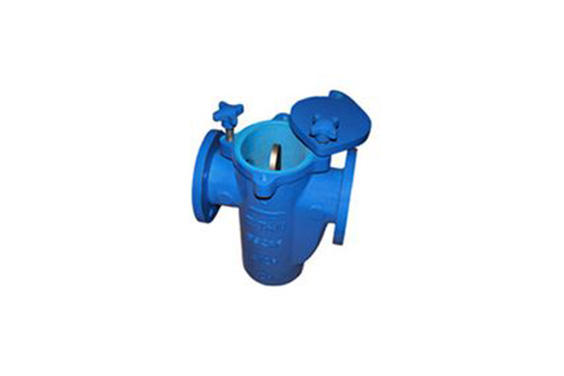
There are several types of strainer available, each with a specific function. Purchase the one that suits your business needs the most.
T Type Strainer
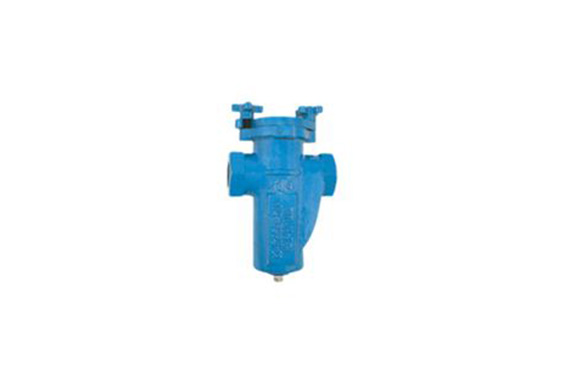
These have a single straining element and are suitable for batch procedures or when the process may be stopped to allow access to the element for cleaning.
Because they are constructed with bigger components that are easily accessed and cleaned, simplex strainers are the most prevalent type of strainer if element cleaning is quite regular.
Duplex Strainers
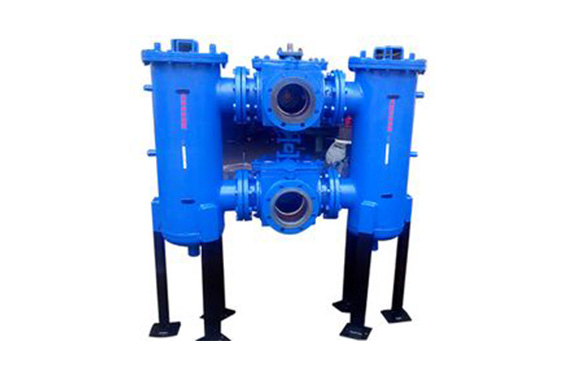
Duplexed designs include two parts and are intended for processes that need to be cleaned without stopping. A manually operated diverting valve is used to distinguish between which basket is isolated and which is in service. One chamber is in use while the other is inactive. Diverting valves can be made of many ball or butterfly valves controlled in a specific order or they can be connected to a single actuator.
Temporary Strainers
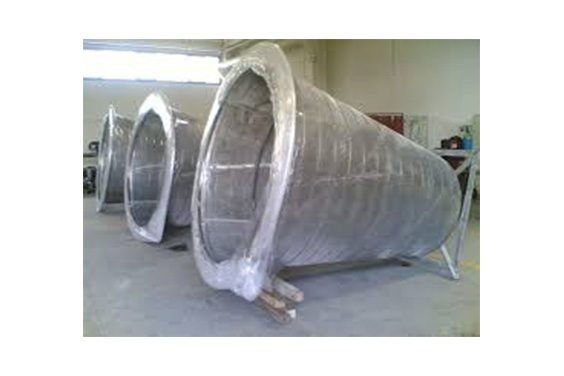
These manufactured goods, also known as cone strainers, basket strainers, or “witch hat strainers,” are made to fit inside a spool of the flanged valve in pipeline. When starting up fluid systems, whether after significant retrofits or for brand-new systems where it may be necessary to clear construction debris from the pipeline, temporary strainers are utilized. Since they are difficult to access, they are often taken out before production.
Pipeline Strainers
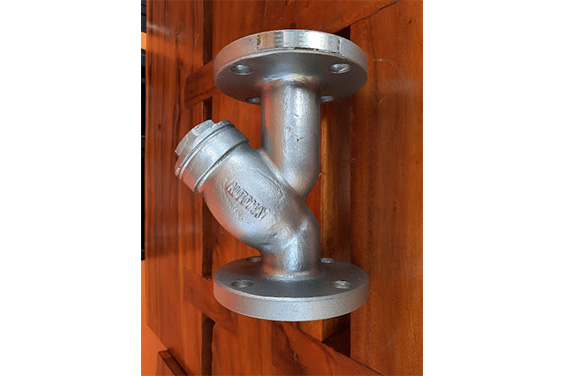
Custom-made pipeline strainers can be created with a variety of connections and ports, unusual alloys, unique coatings, and design specifications regarding differential pressure, flow velocity, and particle holding capacity.
Conclusion
Instead of being a straightforward cast body with a wire mesh screen, basket strainers are now technologically advanced, extremely sophisticated, and precisely constructed pieces of equipment. Therefore, be sure you are well informed about a basket strainer before purchasing one. Find a reliable and trustworthy valve manufacturer to buy it from, but that’s more important.

